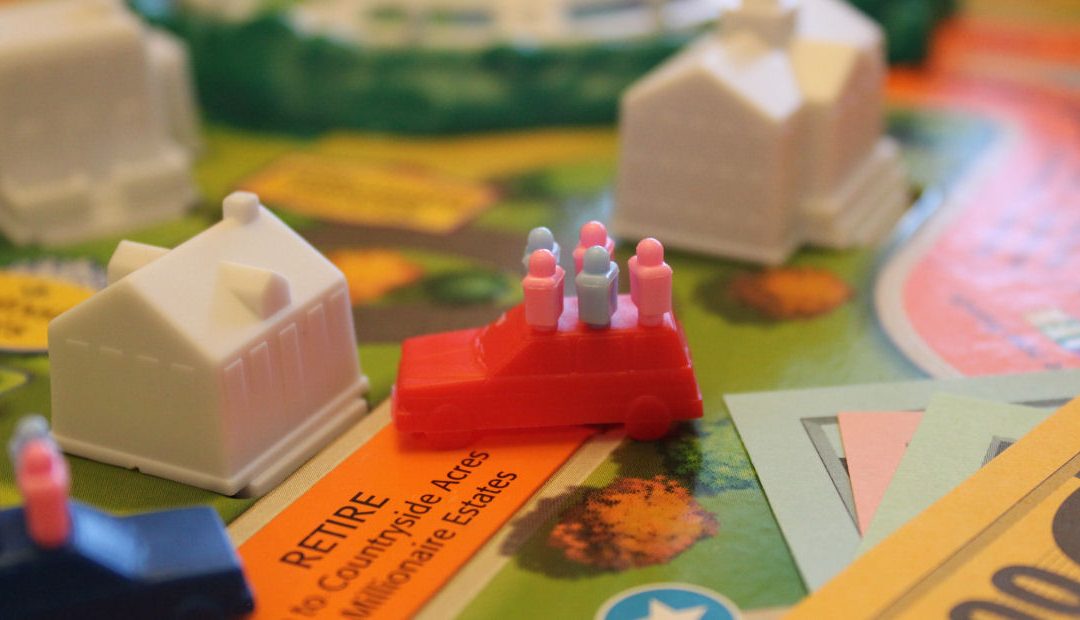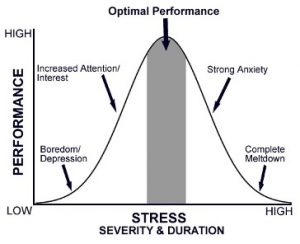
Choose Your Own Adventure
Imagine if you could compose a story about your ideal day – from the first thing you see when you wake up to every little interaction that fills each minute, all the way up to the moment your head hits the pillow again at night. Who and what would you include? Now, what if you could somehow magically turn all of that into your real, lived experience?
We don’t have any actual magic to make this happen, of course. What we do have is the power of choice. Believe it or not, you get to choose exactly the type of day you’ll have, beginning with each new sunrise. You might feel an urge to argue about that. “Choice is a luxury I don’t have!” I get it.
Our worlds expand quickly as adults – less freedom and more responsibility. Our waking hours get filled by the taxi service to soccer practices and dance classes. Once the kiddos are in bed, it’s all we can do to tackle the day’s checklist before conking out. Choose my adventure?
You’d be absolutely right in many ways. I’ll admit that we can’t avoid many of the monotonous parts of “adulting”: making enough money to keep food on the table and a roof over our head, fulfilling our responsibilities, and providing for those who depend upon us. Laundry, dishes, taking the garbage out, hygiene, preventing our kids from self-destruction…they’re all very real and unavoidable tasks.
We also don’t get to choose where and to whom we’re born, what kind of DNA we possess, the precise content of our experiences, most of the people who enter and exit our days, or how any of those aforementioned people behave in relation to us.
All true.
But here’s what we do get to choose…
…how much time to carve out for the things that feed our soul.
…the sacrifices and consequences we’re willing to accept to protect that time.
…whether to indulge ourselves in the moment, or exercise self-control in favor of greater goals.
…whether to plan for the future, or to allow things to unfold.
…whether to push toward bigger and better things, or to play it safe.
And let’s widen the lens. We also get to choose…
…the moods we indulge.
…how we interpret the things people do and say.
…the specific ways we react to situations and interactions.
…the things we notice about the world around us (& whether to color them as ‘beautiful’ or ‘ugly’).
…how and where to spend our finite attention and resources.
…which things and people we value most, in our hearts and through our actions.
The list is long, and could be made much, much longer. It’s these choices that shape our days, and ultimately shape our lives.
Emily Dickinson said it simply: “Forever – Is composed of Nows –”
Nobody else can make your choices for you. Rather than be intimidated by your power to choose, or pretend it’s not there, try intentionally taking it by the reigns. Are you the driver or the passenger in your life? Are you reacting to where life takes you or steering to the places you’d most like to go?
Just like in those children’s books that allow you to make the decisions for the characters and therefore alter their journeys, each choice you make will inevitably lead to a better or worse outcome. The day you’ll experience and the path you’ll traverse is entirely up to you. You might be surprised by how much better you begin to feel when you remember that you’re always in control of your own adventure, in all the ways that matter most.

About the Author
Kerry Galarza, MS OTR/L is the Clinical Director and an occupational therapist at Elmhurst Counseling. She provides specialized assessment and intervention with children of all ages and their families. Kerry engages clients with naturally occurring, meaningful home-based methods to empower autonomy and maximize functioning.







